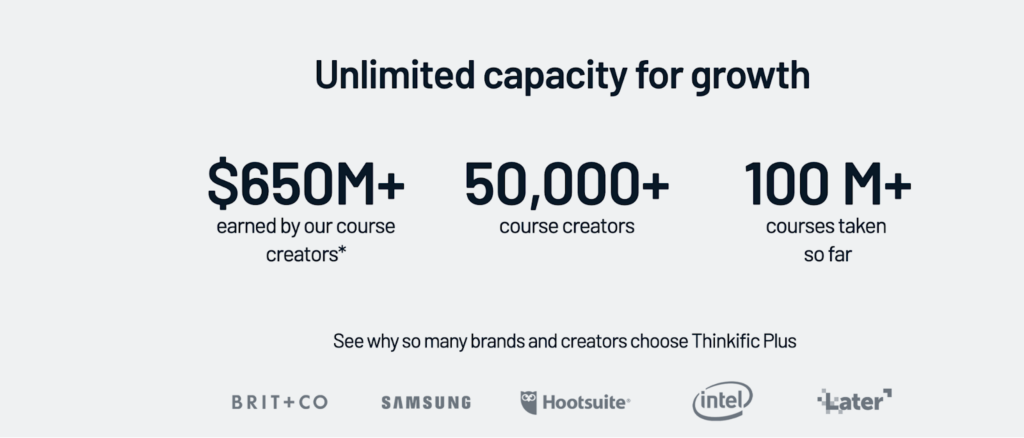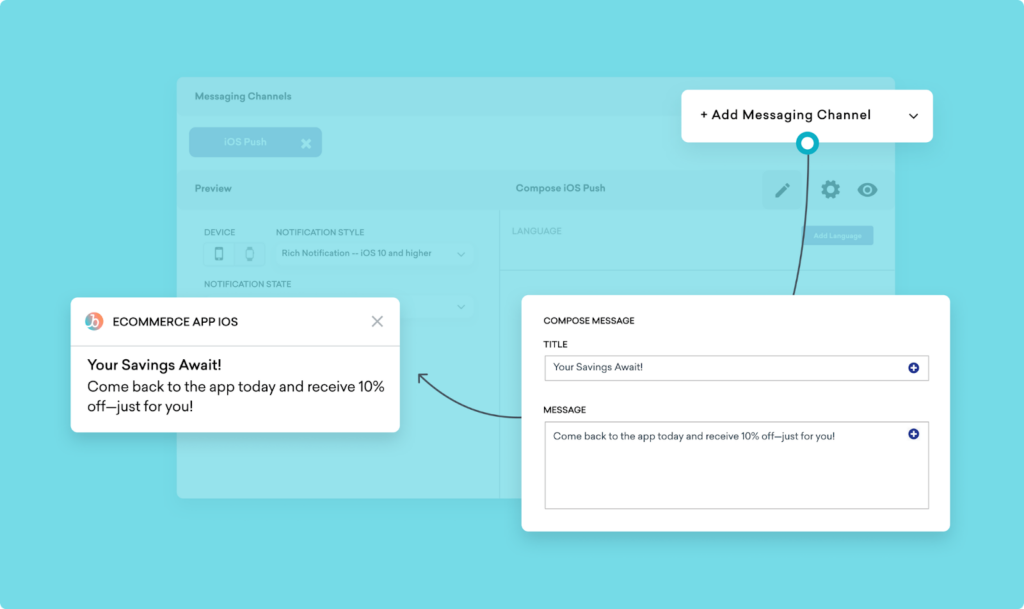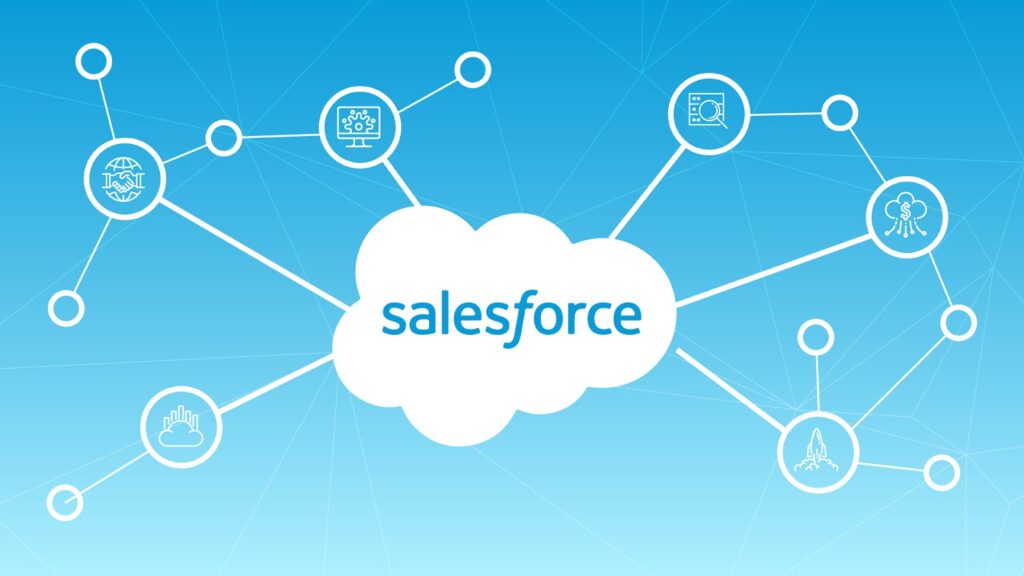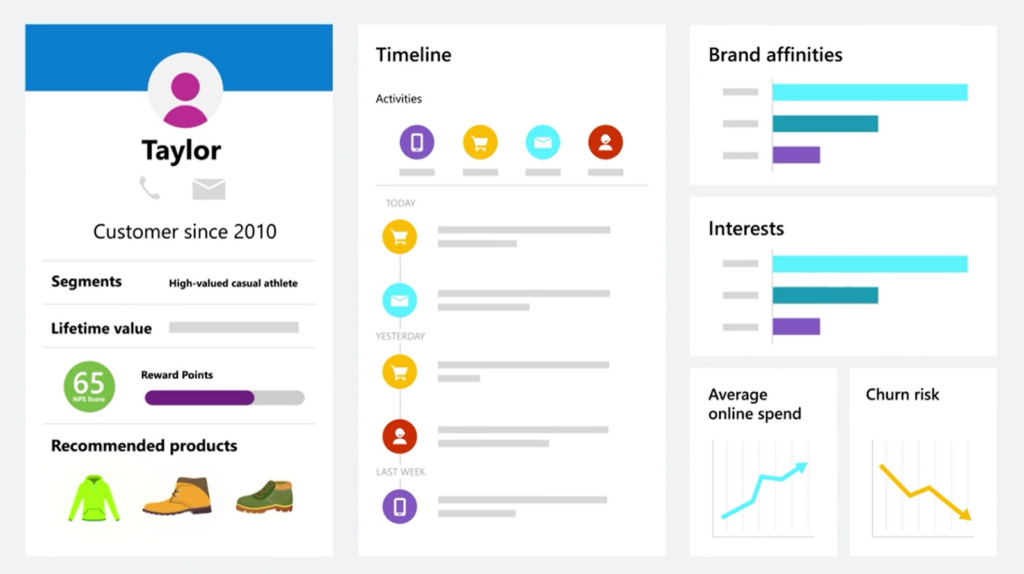People don’t want to be treated like a number. One of the biggest complaints of consumers in today’s world is that companies don’t make them feel valued. As a result, customer loyalty can be hard to come by. This is why businesses need to use a customer engagement platform as part of their strategy.
According to Salesforce, 80% of customers now say that the experience provided by a company is just as important as the product or services it offers.
They quote author Dan Gingiss, who notes that companies are now “no longer competing against the guy down the street or the brand that sells similar products. Instead, they’re competing with every other experience a customer has.”
That means businesses and organizations must go beyond just providing a good product or service. They have to create an engaging experience for their customers.
This is where customer engagement platforms come in. By leveraging these platforms, companies can ensure they’re providing an excellent customer experience every time and building long-lasting relationships with their customers.
Skip ahead:
- What is customer engagement?
- What is a customer engagement platform?
- Why are customer engagement platforms important?
- What software can help track consumer engagement?
- Ways to improve customer engagement
What is customer engagement?
Customer engagement is a term that refers to the level of engagement that a business or organization’s customers are engaged with their product or service. For a business, improving customer engagement means developing strong relationships with customers to keep motivating them to come back, purchasing more products and services, and spreading the word about their offerings. It’s all about creating an strong connection between a customer and a business.
Businesses can use different strategies to engage their customers such as loyalty programs, personalized emails or messages, interactive content like online courses, quizzes, polls, surveys for feedback on products/services, reward points systems, and other incentives.
Benefits of customer engagement
With the right customer engagement strategy, businesses will experience:
- Increased customer loyalty. Customers who feel engaged and valued by a company are likelier to keep buying from that business.
- Higher conversion rates. Companies can use engagement tools to increase their chances of turning visitors into paying customers.
- Improved brand recognition. Engagement helps customers form positive associations with companies, increasing the chance they’ll remember them when making purchasing decisions.
- More referrals. Loyal customers with a strong emotional connection to the brand are likelier to recommend it to their friends and family.
These are all revenue-driving metrics that can help a business grow and succeed.
Related: How to Calculate and Optimize your Customer Engagement Scores
What is a customer engagement platform?
A customer engagement platform is a software suite that helps companies connect with their clientele. It allows companies to collect customer data, segment them according to different criteria, and tailor messages specifically for each segment.
This way, businesses can create personalized experiences for their customers and ensure they are always providing the best possible service.
The platform also makes it easy to track customer interactions so that companies can measure how successful their strategies are in building loyalty and engaging customers. This data can then be used to inform future strategies or campaigns.
Differences between CRM and customer engagement
CRM and customer engagement are often confused but are two different concepts. A CRM (Customer Relationship Management) system helps sales teams track their leads, customers, and manage the customer lifecycle. In contrast, a customer engagement platform helps companies build stronger relationships with customers through strategies such as loyalty programs and personalized messages.
Both are essential tools for any business chasing an excellent customer experience.
Different types of customer engagement platforms
Several types of customer engagement platforms are available, each with its own set of features. Some popular options include:
Omnichannel engagement platform
An omnichannel engagement platform allows companies to engage customers across emails, text messages, phone calls, and even social media. This platform is helpful for businesses that need to send out a large volume of customer communications.
Unified engagement platform
A unified engagement platform combines different customer-facing tools, such as loyalty programs and survey tools, into one single platform. This makes it easier for companies to track customer interactions and measure the effectiveness of their strategies.
Why are customer engagement platforms important?
Two-thirds of customers say they will leave a brand if their experience isn’t personalized. That is a staggering statistic, and it’s clear that companies need to find ways to engage customers to build loyalty.
With a repeatable, measurable process for customer engagement, companies can be sure that their strategies are working and if they need to adjust them.
It helps with:
- Building customer relationships and creating trust
- Improving customer experiences
- Increasing loyalty and retention rates
- Generating more revenue from existing customers
By leveraging a customer engagement platform, businesses can create personalized customer experiences that will drive loyalty and build strong relationships. This is essential for any business looking to succeed in today’s competitive market.
What software can help track consumer engagement?
Luckily, there are a variety of software solutions that can help companies track customer engagement. Let’s examine some of the leading options:
Thinkific Plus is a platform that was built around delivering learning experiences that keep customers engaged. Your business can use it to train customers at scale and help them get the most value out of your product or service, lengthening their customer lifetime value.
Education is a cost-effective way to drive customer engagement — which in turn boosts retention.
Thinkific Plus is an agile and robust customer engagement platform that’s easy for your customers (and your team) to use. So you can have an outsized impact on your company’s success, all with the team and talent you already have.
The Braze customer engagement platform offers a powerful suite of tools to help businesses deliver personalized experiences and measure the success of their engagement strategies. It features an array of features for segmentation, automation, analytics, and more.
Salesforce is a massive CRM software that offers a wide range of features for customer engagement. It can be used to segment customers, track interactions, and create personalized experiences.
Most importantly, its omnichannel features allow businesses to reach customers wherever they are, regardless of the device they’re using.
In 2021, Microsoft introduced an AI-driven customer engagement platform called Dynamics 365 Customer Insights. The software leverages machine learning to help companies segment and target customers more effectively.
It also provides comprehensive insights into customer behavior, allowing businesses to better understand their audience and create tailored experiences for them.
Twilio is a software platform specifically designed for customer engagement. It offers features like automated conversations, segmentation, and analytics to help businesses create personal experiences and measure their success in engaging customers.
Ways to improve customer engagement
It’s easy to just say “personalize the experience,” but there are some specific steps companies can take to ensure they’re providing the best customer engagement possible.
Establish a consistent customer journey
From the moment a customer interacts with your brand, make sure their experience is consistent throughout the customer journey. That means:
- Consistent voice: Make sure your brand’s voice is the same across all channels and platforms.
- Consistent look: Use the same design elements, colors, logos, etc., throughout your customer journey.
- Consistent message: Keep messages simple and consistent so that customers know what to expect each time they interact with you.
In the case of something like an online education platform, for example, it might be helpful to create a visual timeline of the entire customer journey so that customers know exactly what to expect. Each step provides some connection to previous stages to create a cohesive experience.
Monitor feedback and respond quickly
If a customer has a problem or complaint, they want to know that the company is listening. Monitor customer feedback on all channels and respond quickly when necessary. This will show customers that you care about their experience and are willing to go the extra mile for them.
That means even a comment on social media should be taken seriously and responded to promptly.
Create incentives for repeat purchases or referrals
Customers that believe they’re part of a larger community are more likely to be loyal. Create incentives for consumers to make repeat purchases or refer friends and family. This could be anything from discounts on future orders, free shipping, or even special access to products and services.
These incentives will help create a sense of loyalty between the customer and the company that can’t be replicated elsewhere.
Leverage data collected through surveys and feedback
Data collected through surveys and feedback can be a valuable resource for improving customer engagement. By analyzing customer feedback and survey results, your business can gain insight into customer preferences, needs, and pain points.
This information can be used to develop targeted marketing campaigns, improve products or services, and enhance customer support.
Additionally, you can use survey data to identify areas where they excel and areas where they need to improve, which can inform strategic decisions, a customer education strategy and help you stay competitive. To leverage survey data effectively, you should ensure that you are asking your customers the right questions, analyzing the data thoroughly, and communicating the results to relevant stakeholders. By taking these steps, your business can use survey data to drive improvements in customer engagement and overall business performance.
Create interesting, educational and engaging content
This is particularly important for businesses that rely heavily on online platforms. Creating exciting, educational and engaging content will help customers stay connected to your brand, which in turn can lead to more sales, expansion and upsell opportunities, and loyal customers in the long-run.
That could mean anything from creating educational content such as online courses, blogs, webinars, and more about relevant topics related to your products or service, with experts in the field, or even launching an e-newsletter series.
Importantly, this doesn’t mean advertisements. Businesses must now provide more than just marketing material if they want to engage customers throughout the customer lifecycle and keep them engaged with their products and services.
Conclusion
The quality of your product or service is important, but keep in mind that in addition, your customers also want to feel valued. That’s why customer engagement platforms are an essential tool that will help you building long-term relationships with your target customers.
With the right platform, companies can personalize their customer experience, track interactions, and measure success.











